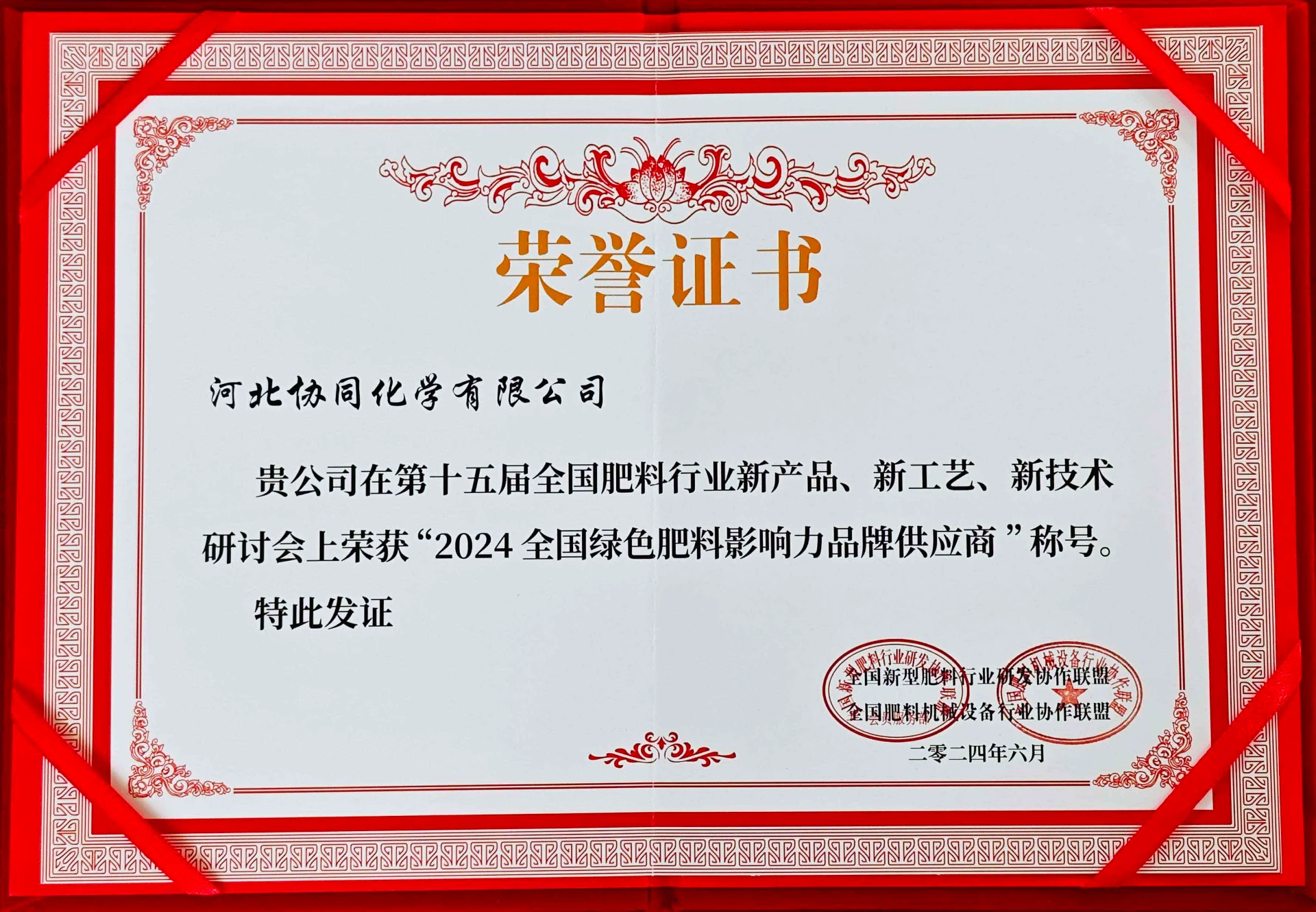
News
нов . 06, 2024 07:45 Back to list
Determining Humic Acid Supplier's Molecular Weight for Enhanced Soil Health Solutions
Understanding the Molecular Weight of Humic Acid Insights for Suppliers
Humic acid, a crucial component of humic substances extracted from natural organic matter, plays a significant role in various environmental and agricultural applications. Its effectiveness as a soil conditioner, nutrient enhancer, and pollutant absorber has drawn attention from numerous suppliers and researchers alike. One of the important parameters in assessing the quality and functionality of humic acid is its molecular weight. This article delves into the significance of molecular weight, its implications for suppliers, and the methods by which it can be measured.
What is Humic Acid?
Humic acid is a complex mixture of heterogeneous organic compounds that arise from the decomposition of plant and animal matter. It has a diverse chemical structure characterized by functionalities such as carboxyl, phenolic, and hydroxyl groups, which contribute to its high reactivity and solubility in alkaline conditions. This feature allows humic acid to interact effectively with metal ions, soil particles, and various nutrients, thereby enhancing soil fertility and promoting plant growth.
The Importance of Molecular Weight
The molecular weight of humic acid is critical because it influences several of its functional characteristics. Generally, humic acid molecules can range from about 1,000 to over 100,000 Dalton. A higher molecular weight often indicates greater complexity and a higher potential for binding with other molecules, including nutrients and metals. This aspect can be particularly beneficial in agricultural settings, where the binding capacity can improve nutrient retention in the soil, reduce leaching, and enhance plant accessibility to essential nutrients.
Conversely, humic acids with lower molecular weights may have more immediate solubility and availability for plants. Thus, suppliers should carefully consider the molecular weight when offering humic acid products for specific applications. For instance, high molecular weight humic acids are typically favored in soil restoration projects, while lower molecular weight substances might be more suitable for immediate fertilization needs.
molecular weight of humic acid supplier

Implications for Suppliers
For suppliers of humic acid, understanding the implications of molecular weight is essential for product formulation and marketing. When sourcing or producing humic acid, suppliers must engage in rigorous quality control processes to measure and report molecular weight accurately. This practice ensures that they meet the varying needs of their clients, whether they are farmers, agricultural producers, or environmental agencies.
Furthermore, suppliers should provide detailed specifications regarding the molecular weight of their humic acid products. This information not only aids customers in making informed decisions but also enhances the credibility of the supplier's offerings in the market. Additionally, being transparent about the production process—such as the source of the organic materials and the extraction methods used—can further boost the supplier's reputation and reliability.
Measuring Molecular Weight
Suppliers can employ various methods to measure the molecular weight of humic acid. Common techniques include Gel Permeation Chromatography (GPC), Size Exclusion Chromatography (SEC), and Mass Spectrometry (MS). Each method has its unique advantages and can yield different insights into the humic acid's molecular profile. For high precision and accuracy, it is advisable for suppliers to collaborate with specialized laboratories that can provide detailed analytic services.
Conclusion
In summary, the molecular weight of humic acid is a pivotal factor influencing its efficacy in agricultural and environmental applications. Suppliers must recognize its significance in terms of functionality, customer needs, and marketability. By understanding and communicating the molecular weight characteristics of their humic acid products, suppliers can enhance their offerings, promote better agricultural outcomes, and contribute to sustainable practices in soil management. As the demand for organic and sustainable solutions continues to rise, the role of suppliers in providing high-quality humic acid with favorable molecular weight profiles will be more crucial than ever.
-
Polyaspartic Acid Salts in Agricultural Fertilizers: A Sustainable Solution
NewsJul.21,2025
-
OEM Chelating Agent Preservative Supplier & Manufacturer High-Quality Customized Solutions
NewsJul.08,2025
-
OEM Potassium Chelating Agent Manufacturer - Custom Potassium Oxalate & Citrate Solutions
NewsJul.08,2025
-
OEM Pentasodium DTPA Chelating Agent Supplier & Manufacturer High Purity & Cost-Effective Solutions
NewsJul.08,2025
-
High-Efficiency Chelated Trace Elements Fertilizer Bulk Supplier & Manufacturer Quotes
NewsJul.07,2025
-
High Quality K Formation for a Chelating Agent – Reliable Manufacturer & Supplier
NewsJul.07,2025
